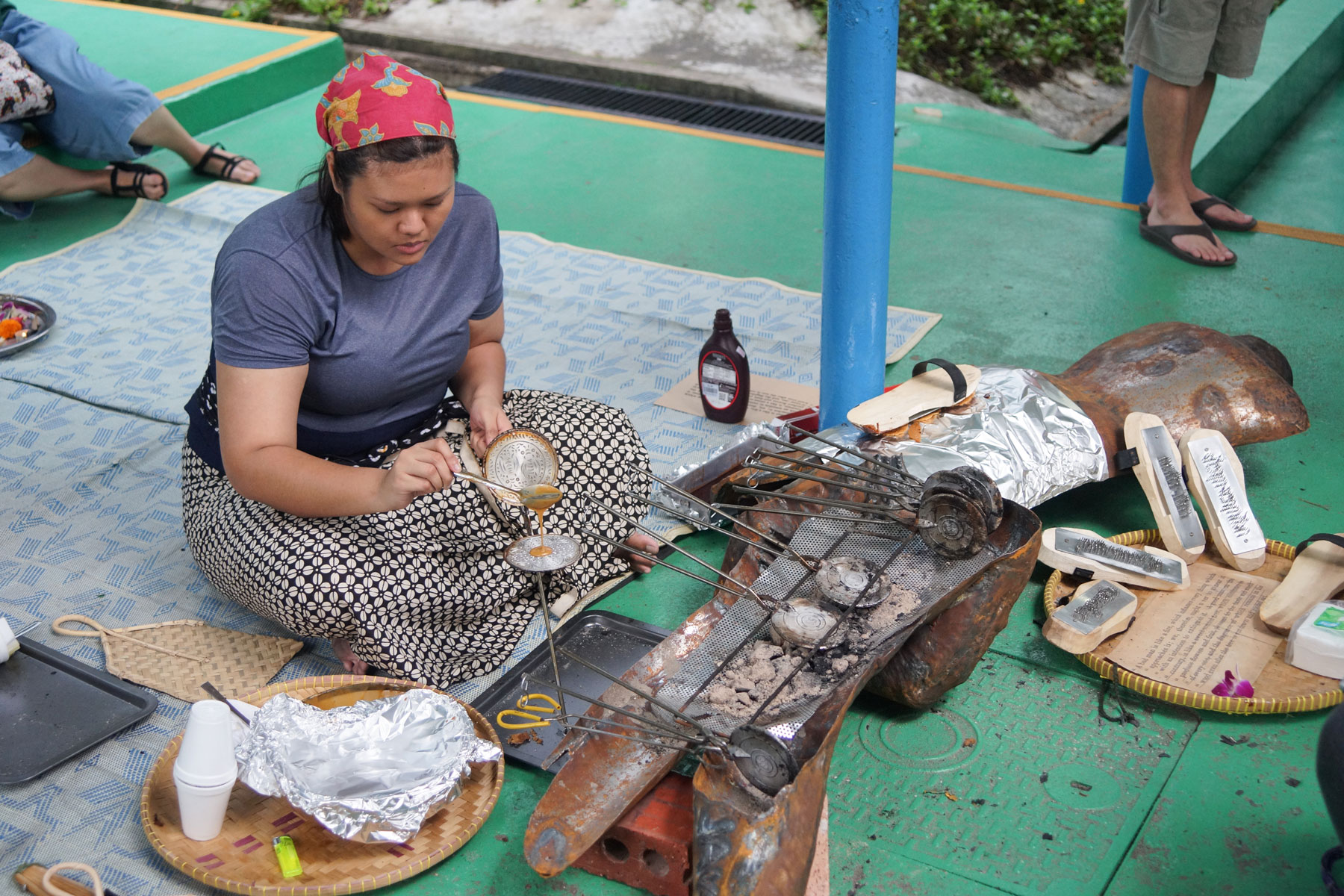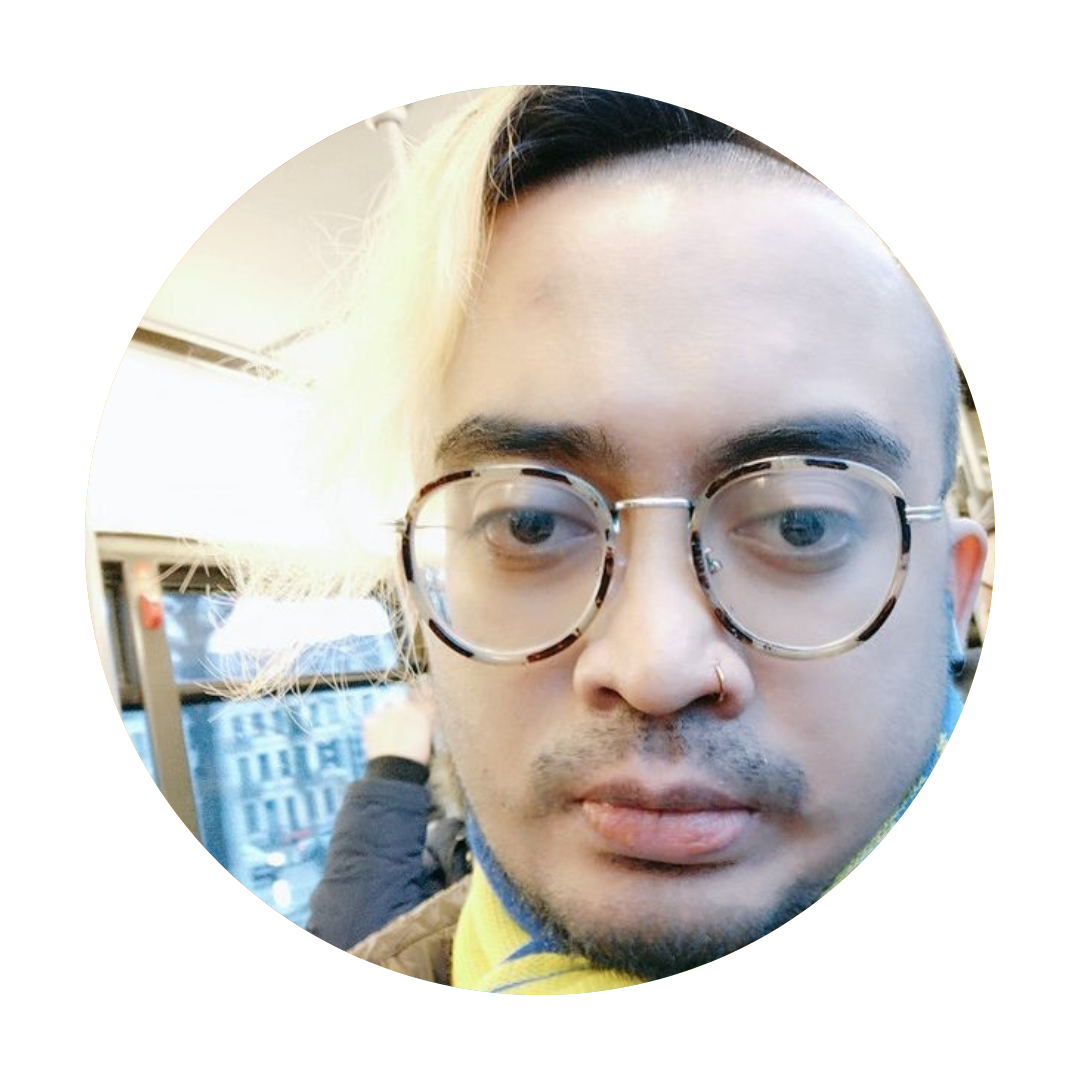Associate Artist Programme
(2022/23 Cycle)





OH! Open House is Singapore's leading art institution that develops curatorial programmes on site-specificity centred around the neighbourhood - people, places, stories - as the unit of exhibition and representation.
A group of artists selected by our Advisory Committee will take part in our inaugural Associate Artist Programme (AAP) over a one-year period (1 Sep 2022 to 31 Aug 2023). The programme immerses artists within the next art walk neighbourhood, Kampong Gelam and connects artists to local communities, businesses and historical places.
This programme serves as an alternative model and offers neighbourhood immersion, curatorial support, peer-to-peer dialogues and engagements with communities. It does not expect any exhibitional outcome beyond a public-facing work-in-progress presentations or sharing sessions.
A group of artists selected by our Advisory Committee will take part in our inaugural Associate Artist Programme (AAP) over a one-year period (1 Sep 2022 to 31 Aug 2023). The programme immerses artists within the next art walk neighbourhood, Kampong Gelam and connects artists to local communities, businesses and historical places.
This programme serves as an alternative model and offers neighbourhood immersion, curatorial support, peer-to-peer dialogues and engagements with communities. It does not expect any exhibitional outcome beyond a public-facing work-in-progress presentations or sharing sessions.
Associate Artist Programme (2022/23 Cycle)
Artists
Farhan Idris (b.1987, Singapore)
Farhan Idris is an arts educator/critic, and philosopher trained in Singapore, the Netherlands and Belgium. Their practice revolves various themes surrounding contemporary cultural criticism. They have conducted discussions, workshops and film screenings for diverse public audiences, focusing on critical theory.
Farhan’s current practice looks at the uses and abuses of the term “archives” in curatorial work, and also “opacity” in indigenous self-expression, drawing from philosopher Eduouard Glissant.
—
Farhan will be working on the political and historical trajectories of Persian Nights through its translation in Urdu and Malay. Drawing relations to Wayang Parsi, a performance art historically situated in Kampong Gelam, the trope and imagery of Bakawali/曇花 (tán huā) used in such performances will also be explored.





Farhan Idris is an arts educator/critic, and philosopher whose practice revolves around various themes surrounding contemporary cultural criticism and critical theory. Their current practice looks at the uses and abuses of the term “archives” in curatorial work, drawing from the philosopher Edouard Glissant.
Throughout the Associate Artist Programme, they conducted research into a niche of Kampong Gelam’s cultural and intellectual history: the Wayang Parsi (Persian Theatre). From the 1890s to the 1930s, the popularisation of Wayang Parsi in Singapore was accompanied by the rise of translation and printing; Urdu stories were translated into Malay by new printing presses like Hajj Muhammad Siraj’s in the 1860s. The fervour around the translation and distribution of Wayang Parsi texts also encouraged the publication of original texts in the vernacular, like the Jawi Peranakan (1876) which was significant in promoting an inchoate sense of a Malay nation.
Farhan communicated their research to the public through a performance lecture and a walking tour of Kampong Gelam. They first introduced us to the three concepts of Repose (Kampong Gelam as a marginal Malay locality), Ruins (that preservation of the built environment is sufficient), and Return (a call to return to Kampong Gelam’s characteristic creative impulse). They then took us on a tour of historical sites related to Wayang Parsi, including former printing presses and performance theatres. Reenacting the translation and transmission of the Wayang Parsi, Farhan performed excerpts from the Bakawali — a popular piece of the Wayang Parsi tradition that tells of the undying love between a fairy transformed from the Bakawali flower and a prince. The tour concluded at the Church of Our Lady Lourdes, a church on the periphery of Kampong Gelam that mainly serves the Tamil Catholic community. Challenging conventional narratives of Kampong Gelam, Farhan restored from the margins of history the pluralistic and cosmopolitan character of Kampong Gelam.
Designers: FACTORY
